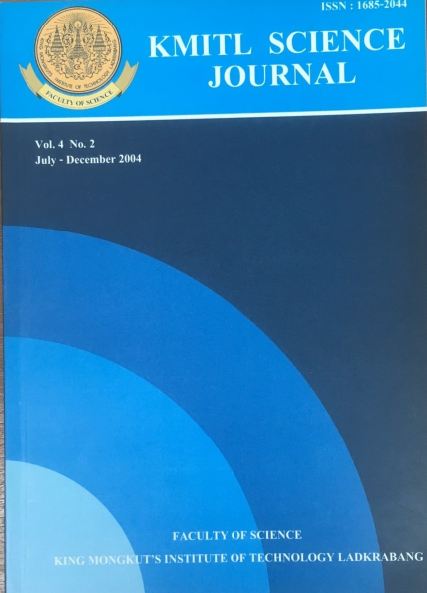Fiber-To-The-Home (FTTH) is one of the technologies proposed to provide huge bandwidth to the home users. In previously proposed access networks, FTTH are mostly protected from failure by having redundant network equipment or introducing a backup optical fiber cable. These are not economical approaches, as the redundant systems are not fully utilized by the network. In this paper, we introduce a novel scheme in providing protection to the FTTH access network. An intra-network switch is employed so that each and every network can be used to automatically support other networks in case of failure. Advantages of this technique compared to other schemes are addressed in this paper and the packet delays and buffer occupancy issues on the switch are reported, based on simulation analysis. The study was carried out by measuring the performance based on these parameters when the supporting optical line termination (OLT) is terminated one after another. Results show that the number of supportable Optical Network Units (ONU) can exceed the standard Full Service Access Network (FSAN) value, which is 32 units per OLT. For example, for a two OLT network, the maximum recommended ONU units are 64 whereas in the proposed system, up to an average of 80 ONUs can be supported with less than 20µs delay experienced with the high delay priority traffic.
Keywords: average packet delay, buffer occupancy, optical network unit (ONU), optical line termination(OLT), Fiber-To-The-Home (FTTH)
Corresponding author: E-mail: khazani@eng.upm.edu.my
P’ng, W. T. ., Anas, S. A. ., Cheah, C. ., Mustaffa, H. ., & Abdullah, M. . (2018). Delay Analysis and Buffer Occupancy Analysis of Switched FTTH Access Network. CURRENT APPLIED SCIENCE AND TECHNOLOGY, 301-309.

https://cast.kmitl.ac.th/articles/153955